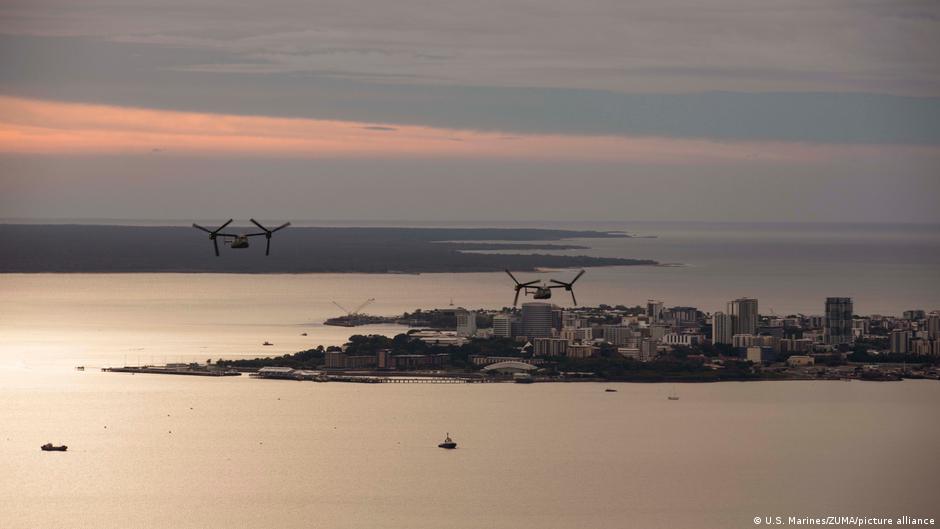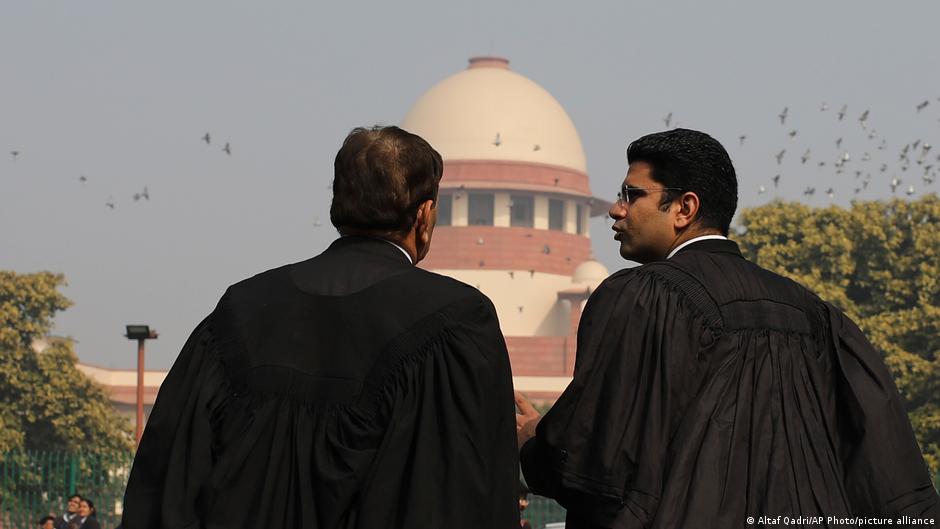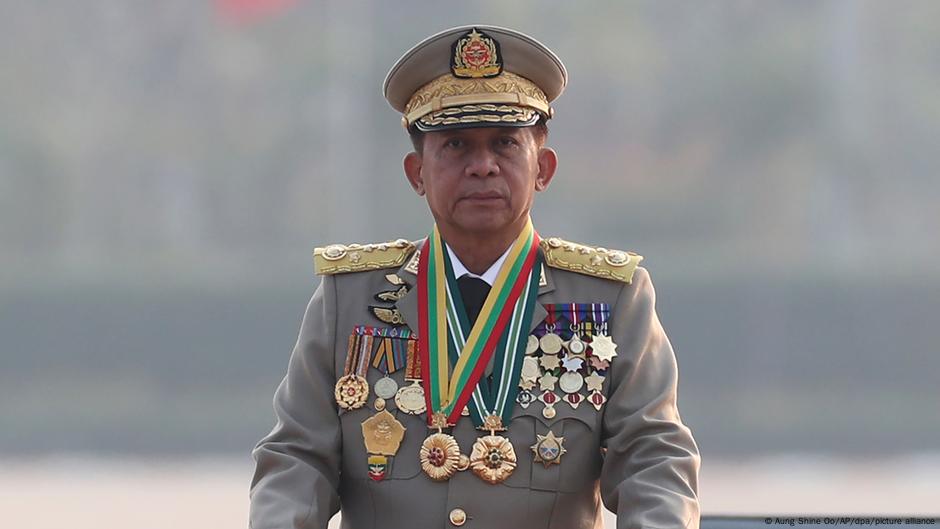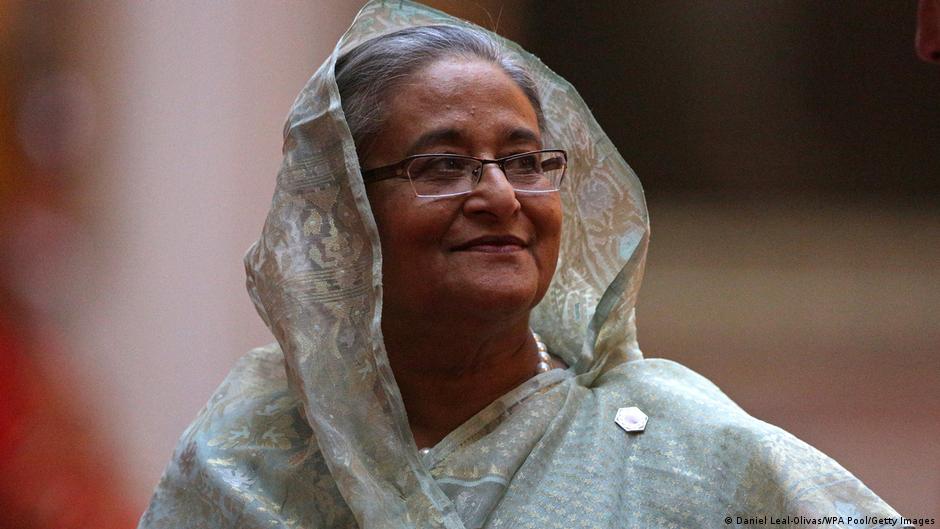Over the last six months, India’s highest court has been headed by a man who hails from one of the most discriminated-against communities in India.
Chief Justice Bhushan Ramakrishna Gavai, who is set to retire on November 23, briefly gave the country a rare sight — a person with Dalit heritage in power. Dalits belong to the lowest strata in a complex caste system in India’s society, which has its roots in the dominant religion of Hinduism. The caste, once referred to as “untouchables,” still faces discrimination and violence in the country.
Gavai’s father was a prominent leader in the Dalit community who converted to Buddhism before Gavai was born. Justice Gavai too is a practicing Buddhist. Throughout his career, he acknowledged his Dalit identity and stated that affirmative action helped him reach the top of the Supreme Court. To this day, Gavai is the first Buddhist and second Dalit to serve as its chief justice.
Despite Gavai’s rise, women and members of disadvantaged communities still battle historic disadvantages, favoritism and gender discrimination when trying to advance their careers.
DW looked at the diversity in India’s apex court, which remains one of the strongest independent institutions in the country, taking into account judges’ gender, religion and caste.
What does data show?
With the Supreme Court not providing official data on the caste identity of its members, not all judges’ caste and religious status could be determined with absolute certainty. However, our analysis indicates that — out of the 33 judges who will remain post Gavai’s retirement — at least 12 are Brahmins, belonging to the highest caste in Hinduism. This community is only 4% of India’s population, according to a 2020 survey conducted by Pew Research Center. In the Supreme Court, they make up 36% of the judges.
With another eight judges belonging to other upper castes, the privileged Hindu strata make up more than 60% of the court.
In stark contrast, the court will only have one Dalit after Gavai’s exit and no one from the group which India officially designates as Scheduled Tribes (STs). This includes Indigenous communities who are seen as historically marginalized and are eligible for special protections under India’s constitution. Together with Dalits, they account for 35% of the Indian population.
Five judges hail from Other Backward Classes (OBCs). These are also communities identified by the Indian state as socially and educationally disadvantaged. DW could not determine the caste of three judges.
At least four of the judges are from minority religions — one Muslim, one Christian, one Parsi and one Jain. Of the 33 judges, only one, Justice B V Nagarathna, is a woman. That’s in a country where roughly 48.5% of the population is female. No woman has ever served as the chief justice.
Shallow pool of diverse candidates
Former Supreme Court justices contacted by DW blame the lack of diversity at the top on a deficient recruitment pool.
“More and more women and disadvantaged people are entering the system but the numbers simply aren’t high enough,” said former Supreme Court Justice Madan Lokur, who served from 2012 to 2018.
“Historically, the legal profession has been dominated by males, and mainly by those who are not [from] Scheduled Castes or Scheduled Tribes,” he told DW. “Things are definitely changing but the question is, are they changing fast enough?”
Several judges also acknowledged that nepotism was still plaguing the Indian judiciary, but insisted that more first-generation lawyers and judges were coming up.
Judges climb career ladder for decades to reach Supreme Court
In another sign of changing times, 38% of India’s district judiciary judges were women as of 2024, compared to 28% just six years before.
“I have seen the change take place over the last 15-20 years, it’s enormous,” said DY Chandrachud, a former Chief Justice of India who retired in November 2024.
“The effort we have to make is that the zone of consideration — the pool from which we recruit to the Supreme Court — is itself diverse,” said the judge, who is an outspoken advocate for transparency, diversity and individual rights.
“They are climbing the ladder.”
However, he also noted that career progression was “very slow,” meaning that judges reaching the Supreme Court are typically in their late 50s.
‘Things have vastly improved’ for female lawyers
Notably, only 15% of Indian lawyers are women, according to a 2022 survey.
Rekha Palli, a former High Court Justice of Delhi, says most clients still prefer to be represented by men.
“There were only a handful of women with me [in advocacy]. Things have vastly improved now, but women are still getting fewer opportunities,” she said.
The judge, who retired in early 2025, also said that not enough female lawyers serve in court-facing roles.
“When I talk to young girls as a judge and ask them why they are not arguing, sometimes they complain they are not getting enough [court cases],” which robs them of opportunities to show their qualities in court, she told DW.
Young judges fight for survival
A young judge in northern India, who wished to be named Seema in this article, has to travel hours from her home to hear cases in a lower court. She is the first woman in her family to attain such a prestigious role, but doing her dream job also brought an increasingly bitter struggle.
“I wanted to quit a few years into it. The conditions, the treatment, it gets worse as you move from big cities to small towns,” she told DW.
“I have been made to serve food to senior judges, bring them tea or coffee,” she said, recounting instances of misogyny. “Once, a senior counsel openly said in court, ‘What does she know, she’s new,'” the judge said.
‘Indian judiciary mirrors Indian society’
Talking to DW, former High Court and Supreme Court judges categorically denied witnessing any discrimination in the judiciary.
“It would be wrong to say there is any systematic discrimination, let me make that very clear. If you are good, you will be promoted,” said Justice Palli.
Justice Chandrachud however did not deny that there had been the “odd case of harassment.”
“The Indian judiciary mirrors Indian society. So to expect that the Indian judiciary would be perfect in the sense of an absence of any social bias would perhaps be hypocritical,” he said. “But there is a robust system for redressal, you can challenge it in front of the high court.”
Complaints — a double-edged sword
Seema laughs at the idea of filing an official complaint.
“The judiciary is a tightly knit system which runs on contacts. If I complain, I will suddenly face complaints too. And my annual reports will turn sour,” she told DW.
Annual reports record a judicial officer’s yearly performance and conduct. It is one of the key considerations when judges are being promoted.
Seema and several other district-level judges DW spoke with, said annual reports were a common tool of leveling “grudges” in the system.
A civil judge from a minority group told DW that he faced a corruption charge and was transferred “at the drop of a hat” without an inquiry or his case being heard.
“Once there is a complaint, even if it is disproven, you can forget about promotions,” he said. “These are all open secrets.”
A former Supreme Court justice, requesting to remain unnamed, said he had heard of annual reports being misused but had seen no evidence. He argued the problem was less about personal vendettas and more about helping the careers of the chosen few.
Supreme Court decries caste-based bias
Some widely publicized cases, however, seem to contradict this perspective.
In May 2025, The Supreme Court condemned caste-based discrimination within the judiciary in a case where a lower court judge was given mandatory retirement on the basis of sudden dips and upticks in his annual reports.
The Supreme Court later quashed his dismissal, saying “Just because he belongs to a lower caste, he is being targeted. It is a big problem in the high court,” according to a Times of India report.
While the matter may be considered as evidence of discrimination, former Justice Chandrachud said it also shows that the redressal system was working.
What makes a good Supreme Court justice?
The judges hoping to reach India’s apex court have to secure a recommendation from the Supreme Court collegium, made up of the five most senior judges. Their inner deliberations and reasons for considering some names over others are not made public, and rejected candidates have no way to appeal.
Judges Lokur and Chandrachud, who have served on the collegium, said their selection process factors in seniority, quality of judgments, annual reports and integrity, followed by diversity criteria such as geographical origin, personal experiences, caste and religion.
According to Justice Chandrachud, reforms are needed at the entry levels of schools and law firms to create a more diverse pool of candidates.
“It’s very easy to stand outside the system and throw bricks but it’s another thing to actively make change,” he said, adding that the existing system does not actively deny promotions based on gender, caste or religion.
“If someone has merit, they will definitely be promoted,” said Justice Lokur. As for making the deliberations public, he said, “you have to trust the judges.”
But not everyone is fully on board with the current selection system.
New mechanism to select justices quashed in Supreme Court
The Indian government, with strong support from the opposition, passed the National Judicial Appointments Commission Bill in 2014, outlining the mechanism to replace the collegium. The judges would instead be selected by a committee which would include the Chief Justice of India, two senior-most judges, the Law Minister and two “eminent” persons not from the judicial background.
In 2015, the Supreme Court struck the bill down saying that involvement from non-judicial members would compromise its independence.
“Every time anyone questions the higher courts on accountability, they resurrect the independence and merit argument at the cost of transparency. Nothing will change in the system without reforms,” said district judge Seema.
With Gavai’s departure and more justices set to retire in 2026, the Supreme Court will once again have a chance to improve its diversity. But perhaps the key to any systemic change is first admitting that the system needs changing.
Edited by: Darko Janjevic







